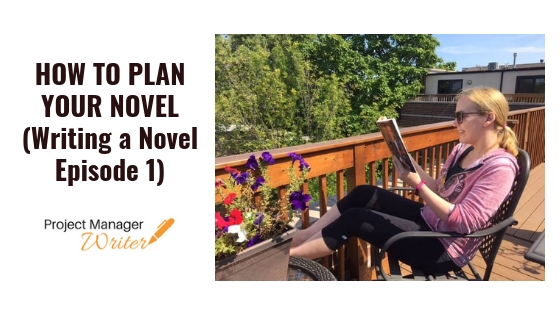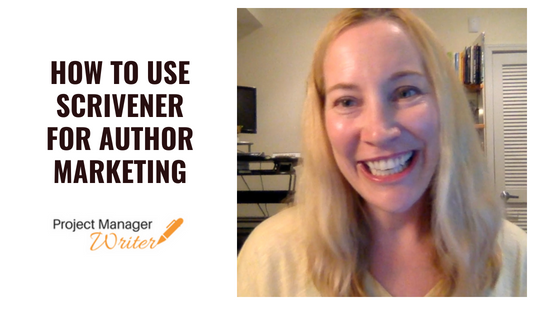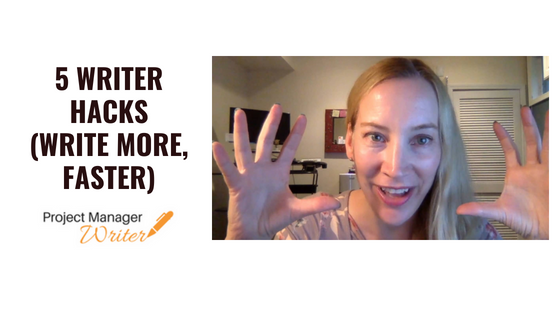You did it! You wrote your first draft. It’s finally done. Time to kick back with your feet up? Not quite.
Editing your book can be one of the more challenging parts of the publishing process. It’s important to always hire an editor, but before you send off your manuscript, do you self-edit first?
What is self-editing? It’s when the author takes the time to review his or her manuscript for structure, flow, and consistency. Self-editing also includes correcting style, grammar, and typos.
When authors skip self-editing, they risk sending a draft that is too raw. The editor may send it back or mark it up beyond recognition.
Starting a self-editing routine is key especially for new authors. The important of self-editing is clear, but there are a few red flags to watch out for. Editing is a task that can lead to procrastination. Let me explain.
I started my first novel in November 2015. Heeding the advice of Stephen King, I let my manuscript rest for several months. When I picked it back up to edit, I felt overwhelmed. Not knowing where to start, it was easier to ignore it.
Fast forward twenty months later and I finally made it through self-edits and shipped the novel off to an editor. Finishing and taking my novel to the next step felt good, so why had I procrastinated for so long?
Part of my problem was mindset; I feared finishing and having to put my work out for display. I worried that my story wasn’t good enough.
But a large part of my issue was overwhelm and not knowing where to start. I kept thinking about the 50K pile of words instead of breaking the editing process into manageable chunks.
Don’t make the mistake I did and wait too long to edit your manuscript. Here are five tips to help you edit faster, so you can finish your book.
1. Create a Scene Map
In her book, 2,000 to 5,000: How to Write Faster, Write Better, and Write More of What You Love, author Rachel Aaron advises you build a scene map of your book. In this process, you page through your manuscript and write down what happens in each chapter. Often, what you actually wrote may differ from your original outline. A scene map helps you later on when you need to go back and rewrite.
A scene map also helps you identify problem areas. Where does your action drop off? Is a chapter boring? If it’s boring to you, imagine how it will feel to a reader.
2. Imagine Your Book as a Movie
Read through your book and play a movie reel in your head. Don’t worry about editing, just visualize you are watching a movie featuring your book.
What parts can you imagine easily? Those are likely the best parts of your story. The parts that feel weird, or that you struggle to envision are the parts you need to reconsider.
Also, think of your favorite movies for inspiration. Struggling with your opening scene? Take a look at movies with great opening scenes—Raiders of the Lost Ark, Star Wars IV: A New Hope, and Pulp Fiction. What is it that made those movies pull you into their stories?
How do you want your movie to play out?
3. Ask Three Questions
Read your book and ask yourself the following three questions for each chapter:
1) What is the point of this chapter?
2) What new information does the reader learn?
3) How does this chapter move the story forward?
Each chapter should serve a purpose. Asking these questions helps you identify chapters that may not add value and should be cut. Don’t delete; hold onto your discarded chapters in case you want to use them for something else later (e.g., a free back-story download on your website).
4. Use Editing Software
Make life easier by purchasing an editing software tool such as Grammarly. Not only will an editing tool help you catch typos and grammar mistakes, but it also helps with sentence structure and tells you where you have overused words.
I recommend going premium to get the advanced features. Keep in mind the software shouldn’t replace a professional editor, but it greatly reduces the time you spend on your self-edits. Use Grammarly when writing blogs and emails too.
5. Make Editing Suck Less With Mind Tricks
You might be thinking, “Editing still sucks!” You have a point. Here are a few other mind tricks to get through the editing process:
-
Track your time spent editing and make it a challenge to get faster.
-
Realize that all writers go through the editing process. We share your pain!
-
Focus on one small piece at a time. When you think about editing an entire manuscript at once, it’s overwhelming. Instead, have a checklist that you use every time you edit a book. Step one is mapping the story structure, step two is editing your intro, step three is fixing the ending, and so on.
-
Focus on structure, plot, and theme at first. Later work on word choice and line edits.
-
Use software (e.g., Grammarly). Automation is your friend.
-
Use your computer’s built-in text to voice feature to listen to your manuscript.








Leave A Comment